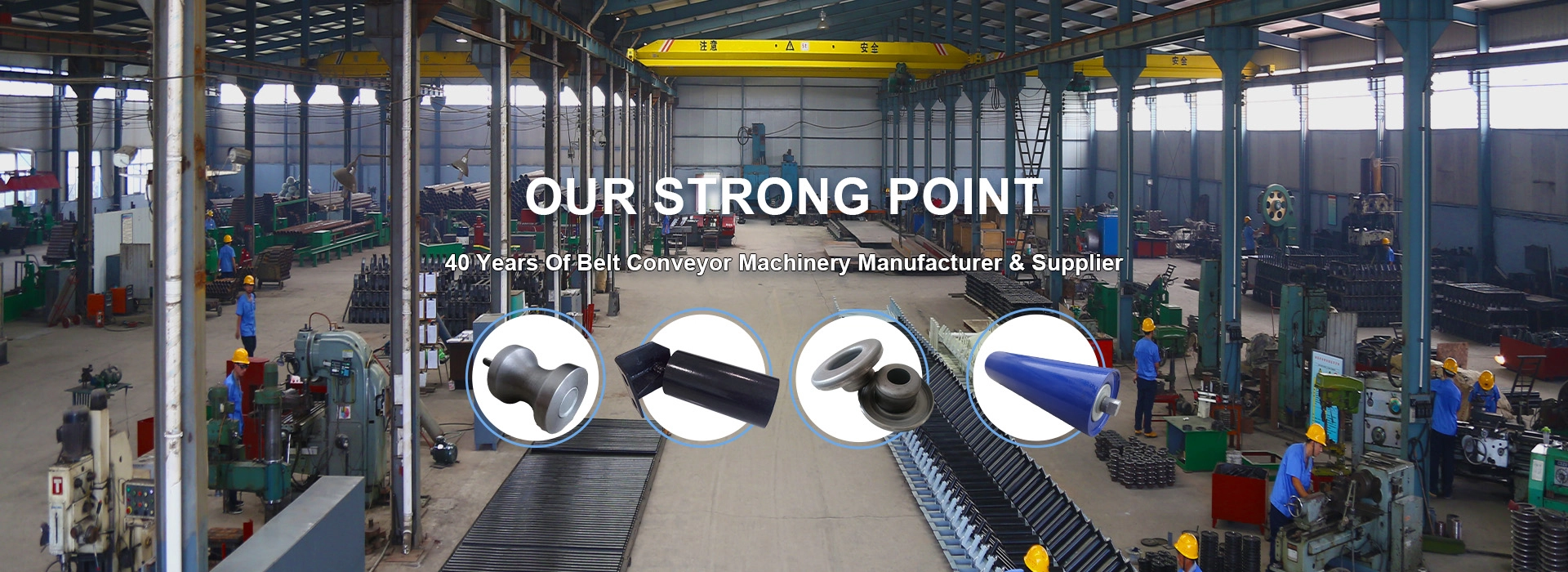 Afrikaans
Afrikaans  Albanian
Albanian  Amharic
Amharic  Arabic
Arabic  Armenian
Armenian  Azerbaijani
Azerbaijani  Basque
Basque  Belarusian
Belarusian  Bengali
Bengali  Bosnian
Bosnian  Bulgarian
Bulgarian  Catalan
Catalan  Cebuano
Cebuano  Corsican
Corsican  Croatian
Croatian  Czech
Czech  Danish
Danish  Dutch
Dutch  English
English  Esperanto
Esperanto  Estonian
Estonian  Finnish
Finnish  French
French  Frisian
Frisian  Galician
Galician  Georgian
Georgian  German
German  Greek
Greek  Gujarati
Gujarati  Haitian Creole
Haitian Creole  hausa
hausa  hawaiian
hawaiian  Hebrew
Hebrew  Hindi
Hindi  Miao
Miao  Hungarian
Hungarian  Icelandic
Icelandic  igbo
igbo  Indonesian
Indonesian  irish
irish  Italian
Italian  Japanese
Japanese  Javanese
Javanese  Kannada
Kannada  kazakh
kazakh  Khmer
Khmer  Rwandese
Rwandese  Korean
Korean  Kurdish
Kurdish  Kyrgyz
Kyrgyz  Lao
Lao  Latin
Latin  Latvian
Latvian  Lithuanian
Lithuanian  Luxembourgish
Luxembourgish  Macedonian
Macedonian  Malgashi
Malgashi  Malay
Malay  Malayalam
Malayalam  Maltese
Maltese  Maori
Maori  Marathi
Marathi  Mongolian
Mongolian  Myanmar
Myanmar  Nepali
Nepali  Norwegian
Norwegian  Norwegian
Norwegian  Occitan
Occitan  Pashto
Pashto  Persian
Persian  Polish
Polish  Portuguese
Portuguese  Punjabi
Punjabi  Romanian
Romanian  Russian
Russian  Samoan
Samoan  Scottish Gaelic
Scottish Gaelic  Serbian
Serbian  Sesotho
Sesotho  Shona
Shona  Sindhi
Sindhi  Sinhala
Sinhala  Slovak
Slovak  Slovenian
Slovenian  Somali
Somali  Spanish
Spanish  Sundanese
Sundanese  Swahili
Swahili  Swedish
Swedish  Tagalog
Tagalog  Tajik
Tajik  Tamil
Tamil  Tatar
Tatar  Telugu
Telugu  Thai
Thai  Turkish
Turkish  Turkmen
Turkmen  Ukrainian
Ukrainian  Urdu
Urdu  Uighur
Uighur  Uzbek
Uzbek  Vietnamese
Vietnamese  Welsh
Welsh  Bantu
Bantu  Yiddish
Yiddish  Yoruba
Yoruba  Zulu
Zulu belt conveyor roller
Understanding Belt Conveyor Rollers Enhancing Efficiency in Material Handling
Belt conveyor systems are crucial in industries ranging from mining to food processing, as they facilitate the efficient movement of materials over long distances. A key component of these systems is the belt conveyor roller, which plays a vital role in ensuring smooth operation, reducing wear and tear, and improving overall productivity. Understanding the function, types, and maintenance of these rollers can significantly enhance the performance of any conveyor system.
The Function of Belt Conveyor Rollers
Belt conveyor rollers are cylindrical components that support the conveyor belt and its load as it moves. They are typically installed along the length of the conveyor, providing stability and preventing the belt from sagging. The primary functions of these rollers include
1. Support Rollers distribute the weight of the load across the conveyor system, minimizing the risk of belt damage. 2. Guidance They help maintain the alignment of the belt, preventing it from drifting off track and thereby avoiding costly downtime.
3. Friction Reduction By providing a rolling surface for the belt, conveyor rollers reduce friction, which allows for smoother operation and less energy consumption.
4. Impact Absorption When heavy loads are transferred, rollers absorb some of the shock, which protects the belt and extends its lifespan.
Types of Belt Conveyor Rollers
There are several types of belt conveyor rollers, each designed to suit specific applications
1. Idler Rollers These non-powered rollers support the conveyor belt and are the most common type found in belt conveyors. They can be equipped with various surface finishes—such as rubber coating—to enhance grip and reduce slippage.
2. Drive Rollers These powered rollers drive the conveyor belt forward and are crucial in systems where load motion must be controlled precisely. They are typically located at the conveyor's head or tail.
3. Return Rollers These are found on the return side of the conveyor belt and help maintain the belt's tension and alignment, ensuring that it returns to the starting point efficiently.
belt conveyor roller

4. Impact Rollers Positioned in loading zones, impact rollers are designed to withstand the shock of heavy loads being deposited onto the belt.
5. Self-Cleaning Rollers These rollers feature a design that helps prevent material buildup on the flanges, promoting cleaner operation and reducing the need for maintenance.
Material and Design Considerations
The materials and design of the conveyor rollers can significantly impact their performance and longevity. Common materials for roller construction include steel, aluminum, and plastic composites. Steel rollers, while heavy and possibly prone to rust, are exceptionally durable and suitable for heavy-duty applications. Alternatively, aluminum and plastic rollers are lighter and may be preferable in environments where weight reduction is essential.
Another design consideration is the roller bearing system, which can influence the smoothness of operation and resistance to wear. Choices include sealed bearings, which require less maintenance but may have lower load capacities, and open bearings, which can handle heavier loads but necessitate regular lubrication and care.
Maintenance for Longevity
Proper maintenance of belt conveyor rollers is critical to extending their lifespan and maintaining overall system efficiency. Regular inspections should focus on
- Checking for wear and tear on bearings and alignment. - Ensuring that the rollers are clean and free from debris that could affect their operation. - Inspecting the mounting hardware for tightness and corrosion.
Incorporating a scheduled maintenance plan can prevent unexpected failures, reduce downtime, and ultimately save costs.
Conclusion
Belt conveyor rollers are indispensable components within material handling systems, serving multiple roles that enhance operational efficiency. By understanding their function, types, and maintenance needs, businesses can optimize their conveyor systems, resulting in more efficient processes and improved productivity. Whether in mining, manufacturing, or logistics, investing in the right conveyor rollers is essential for ensuring that operations run smoothly and efficiently.
-
Revolutionizing Conveyor Reliability with Advanced Rubber Lagging PulleysNewsJul.22,2025
-
Powering Precision and Durability with Expert Manufacturers of Conveyor ComponentsNewsJul.22,2025
-
Optimizing Conveyor Systems with Advanced Conveyor AccessoriesNewsJul.22,2025
-
Maximize Conveyor Efficiency with Quality Conveyor Idler PulleysNewsJul.22,2025
-
Future-Proof Your Conveyor System with High-Performance Polyurethane RollerNewsJul.22,2025
-
Driving Efficiency Forward with Quality Idlers and RollersNewsJul.22,2025





























